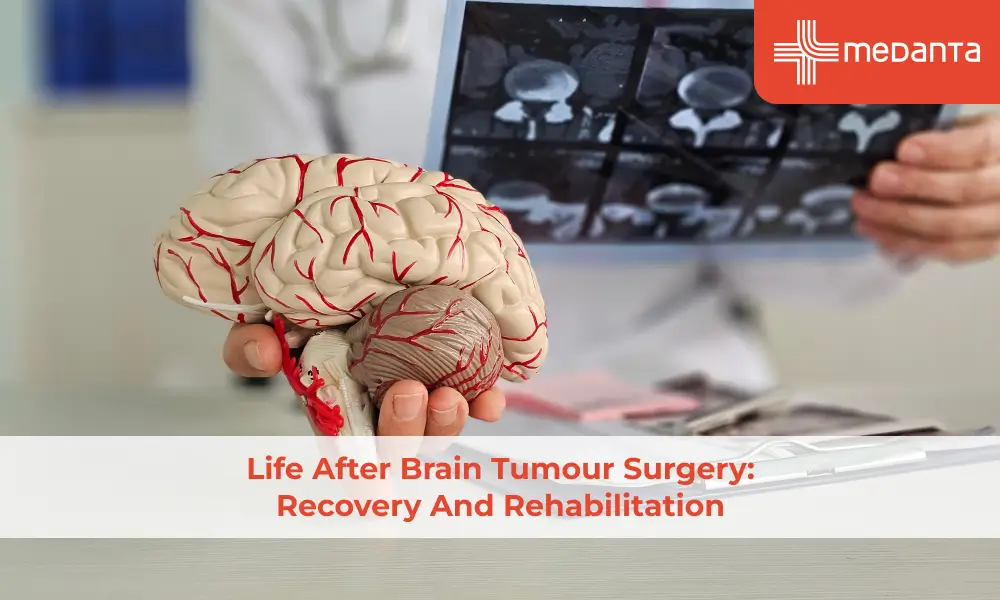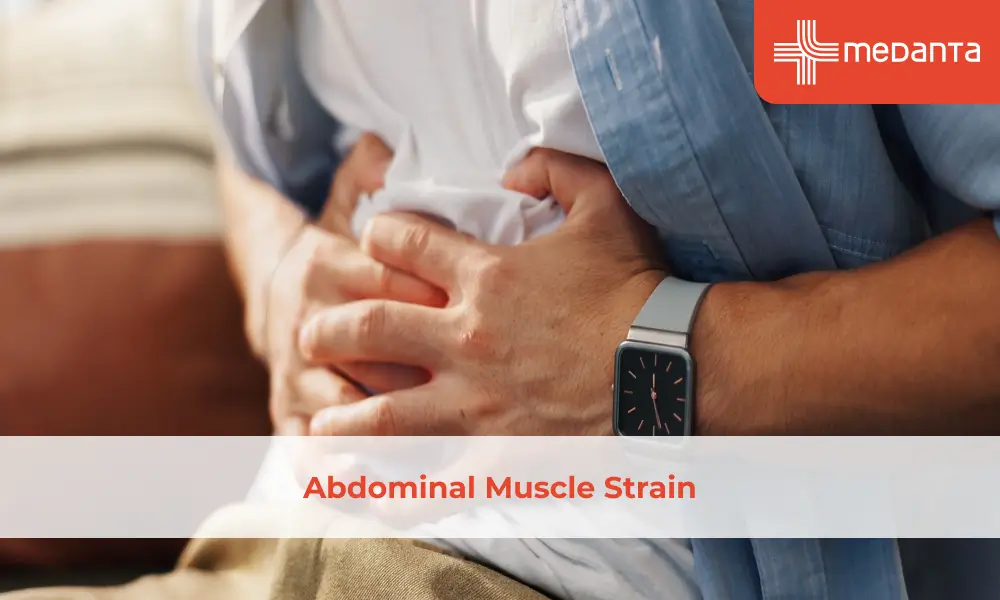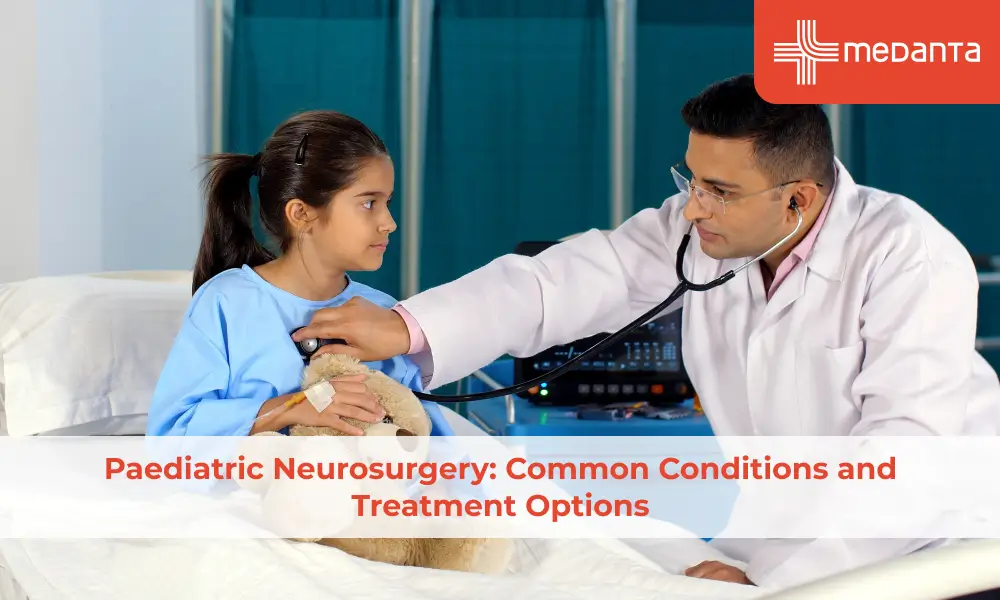How Emergency Department Handle Life-Threatening Conditions

The emergency department (ED) and its staff are critical to any healthcare system, serving as the frontline in responding to life-threatening situations. These specialised departments are designed to provide immediate, comprehensive care to individuals experiencing acute medical emergencies, from severe injuries and illnesses to sudden and unexpected health crises. The primary goal of emergency departments is to stabilise patients, address their immediate needs, and initiate the necessary treatment to save lives and prevent further deterioration.
The emergency department is staffed by highly trained medical professionals, including emergency physicians, nurses, and specialised support staff. It operates 24 hours a day, seven days a week, ensuring that care is always available when needed. These dedicated teams work tirelessly to assess, diagnose, and treat numerous critical conditions, drawing upon their extensive knowledge, advanced skills, and access to cutting-edge medical technologies.
Importance of Quick Response in Life-Threatening Situations
In emergencies, time is of the essence. Rapid response and prompt intervention can mean the difference between life and death, making the emergency department's role in providing timely, effective care crucial.
Whether it's a patient suffering from a heart attack, a severe asthma attack, a traumatic injury, or a life-threatening infection, the emergency department has to act swiftly and decisively to stabilise the patient's condition and initiate the appropriate course of treatment.
The emergency department's ability to respond quickly and efficiently is a hallmark. Advanced triage protocols, efficient communication systems, and streamlined workflows enable the ED to rapidly assess the severity of a patient's condition and allocate resources accordingly, ensuring that the most critical cases receive immediate attention and life-saving interventions.
Overview of Emergency Medications and Their Uses
The emergency department's arsenal of medical treatments includes a wide range of specialised medications, each designed to address specific life-threatening conditions. These emergency drugs play a vital role in stabilising patients, reversing the effects of critical illnesses or injuries, and preventing further deterioration.
Some of the most commonly used emergency medications include:
Epinephrine: Used in case of severe allergic reactions (anaphylaxis), cardiac arrest and other cardiovascular emergencies.
Nitroglycerin: Administered to patients experiencing chest pain or symptoms of a heart attack, as it helps dilate blood vessels and improve blood flow.
Naloxone: Utilised to rapidly reverse the effects of opioid overdose, potentially saving the life of a patient in a critical situation.
Glucose Solutions: Provided to patients experiencing dangerously low blood sugar levels (hypoglycaemia) to restore normal glucose levels and prevent further complications.
Antidotes: Specific drugs to counteract the effects of various toxins, poisons, or drug overdoses are vital in emergency rooms.
Emergency Protocols and Procedures
Delivering exceptional emergency care requires a well-coordinated and highly organised system of protocols and procedures. The emergency department operates under a comprehensive framework of established guidelines and best practices designed to ensure a consistent, efficient, and effective response to various medical crises.
These protocols cover every aspect of the emergency care process, from the initial patient intake and triage to the administration of life-saving interventions and the seamless transition to ongoing treatment and rehabilitation. Key elements of the emergency department's operational protocols include:
Triage: The systematic assessment and prioritisation of patients according to the severity of their condition, ensuring the most critical cases receive immediate attention.
Resuscitation: ED has numerous techniques and procedures, such as cardiopulmonary resuscitation (CPR) and advanced life support devices, used to revive and stabilise patients in critical condition.
Trauma Management: Specialised protocols for the rapid assessment and treatment of patients with severe injuries, including fractures, internal bleeding, and traumatic brain injuries.
Infection Control: Measures to prevent infectious disease spread and protect patients and doctors within the emergency department setting.
Communication and Coordination: Streamlined processes for effective information sharing, decision-making, and collaboration among the various members of the emergency care team.
Common Types of Life-Threatening Conditions Seen in the Emergency Department
The emergency department addresses many critical medical conditions, each requiring a tailored and specialised response. Some of the most common life-threatening situations encountered in the ED include:
Cardiovascular Emergencies: Heart attacks, strokes, and other acute cardiovascular events require immediate intervention to restore blood flow and prevent permanent damage.
Respiratory Distress: Severe asthma attacks, pneumonia, and other lung-related conditions can rapidly compromise a patient's ability to breathe, which necessitates immediate medical intervention.
Traumatic Injuries: Serious wounds, fractures, and internal injuries resulting from accidents, falls, or acts of violence, which must be quickly assessed and stabilised.
Severe Infections: Sepsis, meningitis, and other life-threatening infections can quickly escalate and lead to organ failure if not promptly treated. Therefore, immediate medical intervention for these conditions in the emergency department is crucial.
Neurological Emergencies: Strokes, head injuries, and other conditions can cause significant impairment or loss of brain function and need management in ED.
Poisonings and Overdoses: Exposure to toxic substances, drug overdoses, and other intoxications requires immediate intervention to counteract the effects.
The Role of Triage in Prioritising Patients
Triage is a fundamental component of the emergency department's operations, serving as the first line of defence in ensuring that patients receive appropriate and compassionate care based on the severity of their condition. It is a systematic process of assessing, categorising, and prioritising patients upon their arrival in the ED to ensure that the most critical cases are attended to immediately.
Triage is typically conducted by highly trained nurses or other specialised doctors. They use a standardised set of criteria to evaluate each patient's symptoms, vital signs, and overall condition. Patients are then assigned to one of several triage categories, ranging from "immediate" (requiring immediate life-saving interventions) to "non-urgent" (able to wait for care without significant risk).
By prioritising patients in this manner, the emergency department can ensure that its limited resources are allocated as efficiently and effectively as possible, directing the most critical cases to the appropriate treatment areas and ensuring no time is wasted in providing life-saving care. This triage process is a crucial component of the ED's overall mission to safeguard the lives of those needing emergency medical attention.
The Importance of Teamwork in the Emergency Department
Delivering exceptional emergency care requires a highly coordinated and collaborative effort among a diverse team of medical professionals. Each team member in the emergency department plays a crucial part in ensuring the successful outcome of every patient encounter.
The seamless integration of various specialities and disciplines, including emergency physicians, nurses, respiratory therapists, radiologists, and support staff, is at the heart of the emergency department's success. These individuals work together as a cohesive unit, communicating effectively, sharing vital information, and making critical decisions in real-time to provide the most comprehensive and effective care possible.
The emergency department's team-based approach is essential for several reasons:
Rapid Response: By leveraging the collective expertise and skills of the entire team, the ED can respond quickly and decisively to life-threatening situations, ensuring that patients receive the appropriate interventions without delay.
Comprehensive Care: The diverse range of specialities represented in the emergency department allows for a holistic approach to patient care, addressing the full spectrum of a patient's needs, from medical stabilisation to rehabilitation and recovery.
Continuous Improvement: Through ongoing collaboration, communication, and shared learning, the emergency department team continuously refines its processes, identifies areas for improvement, and implements innovative solutions to enhance the quality of care.
The Role of Technology in Improving Emergency Department Care
The emergency department is at the forefront of technological innovation, leveraging the latest advancements in medical technology to augment the quality and efficiency of the care it provides. From state-of-the-art diagnostic equipment to cutting-edge treatment modalities, the ED's use of technology plays a crucial role in enhancing patient outcomes and saving lives.
One of the most significant technological advancements in the emergency department is the integration of electronic medical records (EMRs) and data management systems. These digital platforms allow for the seamless exchange of critical patient information, enabling doctors to access real-time vital data, such as medical histories, test results, and medication records. Whether in large hospitals or smaller setups using solo practice EMR systems, this streamlined access to information helps to inform clinical decision-making, minimise the risk of errors, and ensure the continuity of care.
Additionally, the emergency department leverages a range of advanced imaging technologies, including CT scans, MRI machines, and ultrasound equipment, to rapidly and accurately diagnose critical conditions, such as internal injuries, strokes, and cardiac events. These sophisticated tools provide doctors with the detailed information they need to develop and implement the most appropriate course of treatment.
The emergency department also utilises cutting-edge medical devices and equipment, such as mechanical ventilators, infusion pumps, and cardiac monitors, to provide life-saving interventions and closely monitor the condition of critically ill or injured patients. These technologies enable the ED staff to respond quickly and effectively to rapidly changing situations, ensuring patients receive the most appropriate and targeted care.
Finally, the emergency department's use of telemedicine and remote consultation capabilities allows for the seamless integration of specialised expertise, even in remote or resource-limited settings. By connecting with specialists in real-time, the ED can ensure that patients can access the most advanced and comprehensive care, regardless of location.
By embracing technological innovation, the emergency department continues to push the boundaries of what is possible in critical care, improving patient outcomes and saving lives.
Conclusion
The emergency department plays a vital and irreplaceable role in the medical system, serving as the frontline in the fight to save lives and protect the well-being of individuals facing critical medical emergencies. Through its highly trained and specialised staff, comprehensive protocols and procedures, and the integration of cutting-edge medical technologies, the ED is uniquely positioned to provide the immediate, life-saving care that is often the difference between life and death.
As the medical landscape continues to evolve, the emergency department will remain a cornerstone of the system, adapting and innovating to meet the changing needs of the communities it serves. By upholding its unwavering commitment to excellence, the ED will continue to be a beacon of hope for those in dire circumstances, offering a lifeline to those who need it most.






